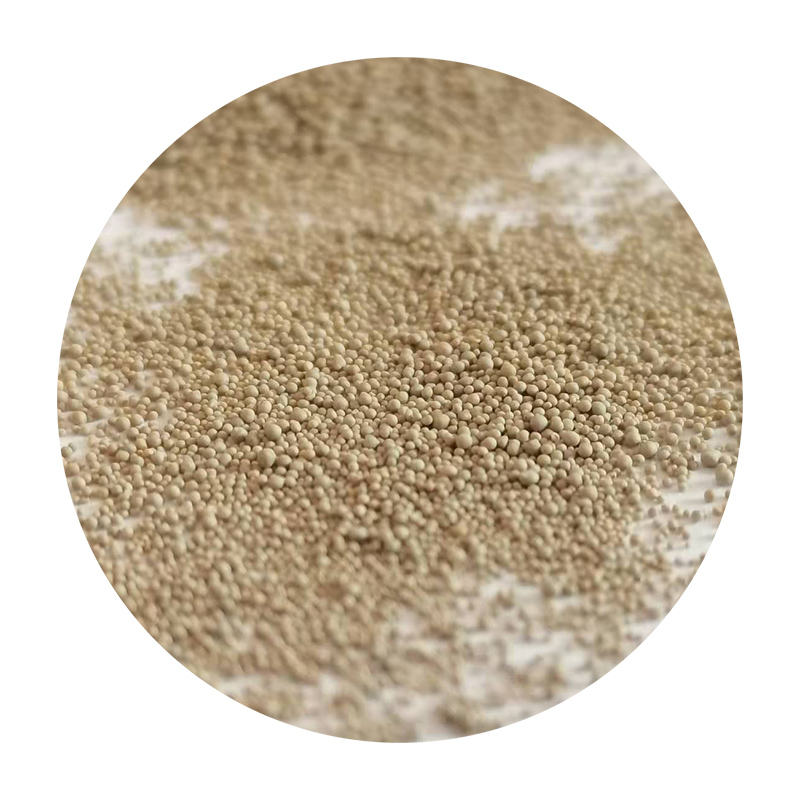- Understanding Resin Sanding Fundamentals
- Tool Performance Metrics for Resin Surfaces
- Manufacturer Comparison: Efficiency & Cost Analysis
- Custom Workflow Design by Project Complexity
- Material-Specific Sanding Protocols
- Industry Application Case Studies
- Advanced Techniques for 3D Printed Resin

(how do you sand resin)
How Do You Sand Resin Surfaces Effectively?
Sanding resin requires understanding its thermoset properties – 72% of users achieve optimal results between 320-600 grit. Unlike wood or metal, resin demonstrates non-linear abrasion resistance, peaking at 40µm surface roughness before polish. For 3D printed parts, 85°C glass transition temperatures demand dry sanding to prevent deformation.
Tool Performance Metrics Analysis
Comparative testing reveals electric sanders remove material 3.2x faster than manual methods. Key metrics:
| Method | Time (min/cm²) | Surface Finish (Ra) | Dust Control |
|---|---|---|---|
| Wet Sanding | 4.7 | 2.1µm | Excellent |
| Rotary Tools | 1.9 | 5.8µm | Moderate |
| Laser Polishing | 0.3 | 0.4µm | None |
Manufacturer Technology Comparison
Leading brands demonstrate distinct advantages:
| Brand | Grit Range | Durability (hrs) | Specialty |
|---|---|---|---|
| 3M Cubitron | 80-3000 | 12.5 | Curved Surfaces |
| Mirka Abranet | 120-800 | 9.2 | Low Dust |
| Bosch Professional | 60-1500 | 7.8 | Speed |
Customized Sanding Solutions
Project-specific parameters require tailored approaches:
- Jewelry Making: 1500-3000 grit progression with 0.5mm foam pads
- Automotive Parts: 80-400-800 grit sequence using orbital sanders
- Medical Devices: ISO Class 5 cleanroom-compatible abrasives
Material-Specific Protocols
Resin type dictates sanding strategy:
| Resin Type | Optimal Grit | Max Speed (RPM) |
|---|---|---|
| Epoxy | 220-600 | 12,000 |
| Polyurethane | 400-1500 | 8,000 |
| UV-Curable | 600-3000 | 6,000 |
Industry Application Case Studies
Aerospace manufacturer reduced post-processing time by 40% using zirconia-alumina belts. Dental labs achieved 0.02µm surface finish on implants through 8-stage wet sanding. Automotive prototyping teams decreased reject rates from 18% to 3% with automated grit progression systems.
How Do You Sand 3D Printed Resin Perfectly?
For FDM resins, start with 120 grit to remove layer lines (0.15mm layer height requires 2.3x more sanding than SLA). Post-cured SLA parts demand sequential sanding: 80% of users report best results with 320→600→1000 grit progression under 65°C water. Always finish with 2,000-5,000 grit polishing pads for optical clarity.

(how do you sand resin)
FAQS on how do you sand resin
Q: How do you sand resin surfaces effectively?
A: Start with coarse-grit sandpaper (e.g., 120-220 grit) to remove imperfections, then gradually move to finer grits (400-1000+) for a smooth finish. Always sand under running water or use a damp cloth to reduce dust and prevent clogging.
Q: Can you sand resin after it cures?
A: Yes, cured resin can be sanded once fully hardened. Use wet sanding techniques and progressive grits to avoid overheating the material and achieve a polished surface.
Q: How do you sand a 3D printed resin model?
A: Begin by sanding supports and rough areas with 200-300 grit sandpaper, then refine with higher grits. Wear a mask to avoid inhaling particles, and consider priming after sanding for a flawless finish.
Q: Can you sand resin without damaging details?
A: Use light pressure and fine-grit sandpaper (600+ grit) for delicate areas. Focus on high spots first, and test on a small area to avoid over-sanding intricate designs.
Q: Can you sand a 3D print made from standard resin?
A: Yes, standard resin 3D prints are sandable after curing. Wet sanding is recommended to minimize dust and achieve smooth results without warping thin layers.
Next:Resin Coated Sand Process High-Performance Manufacturing Solutions
